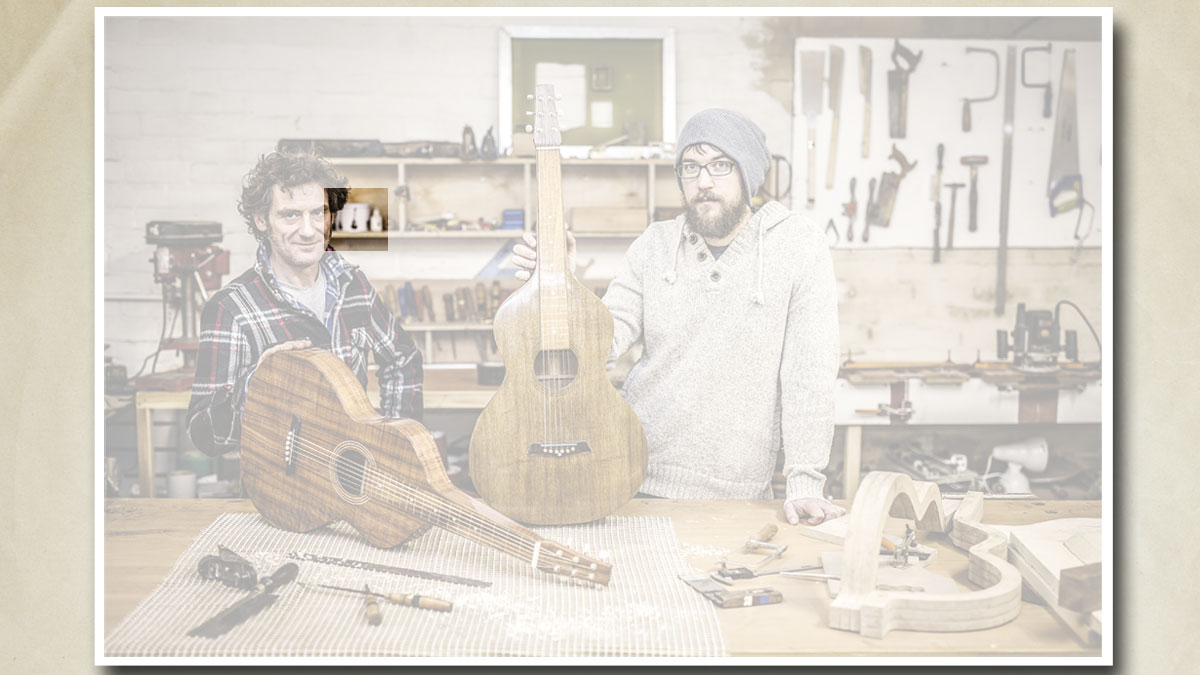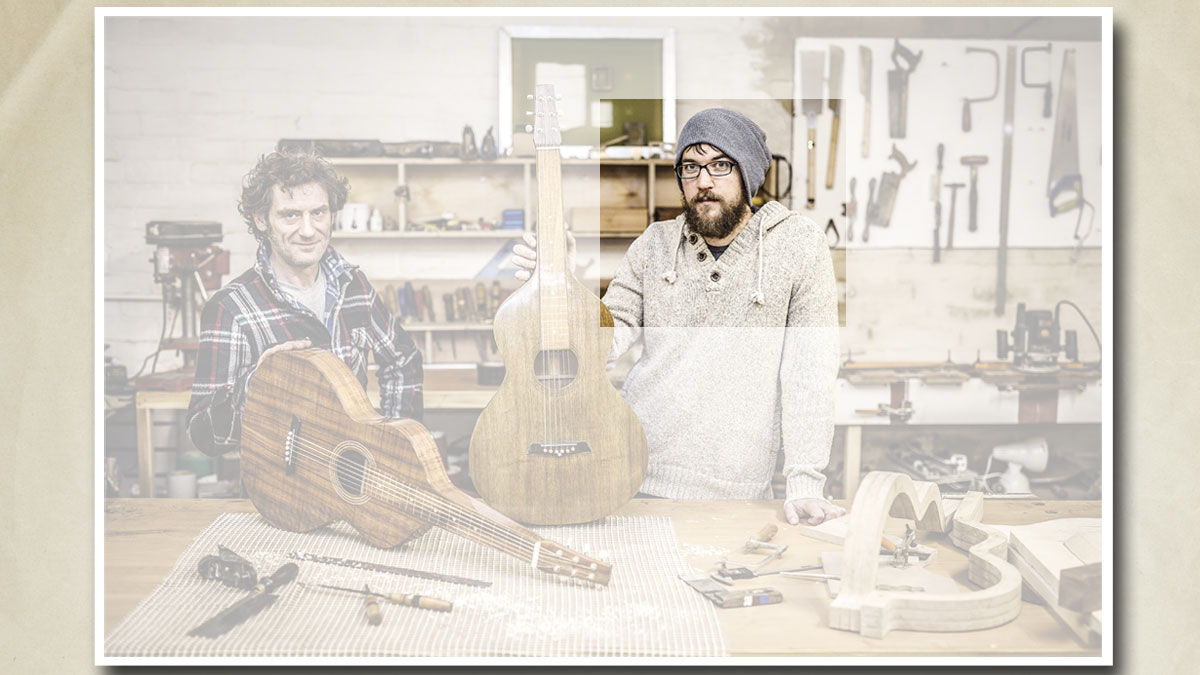Inside the workshop: Anderwood
Behind the scenes of the UK's rising lap-steel star
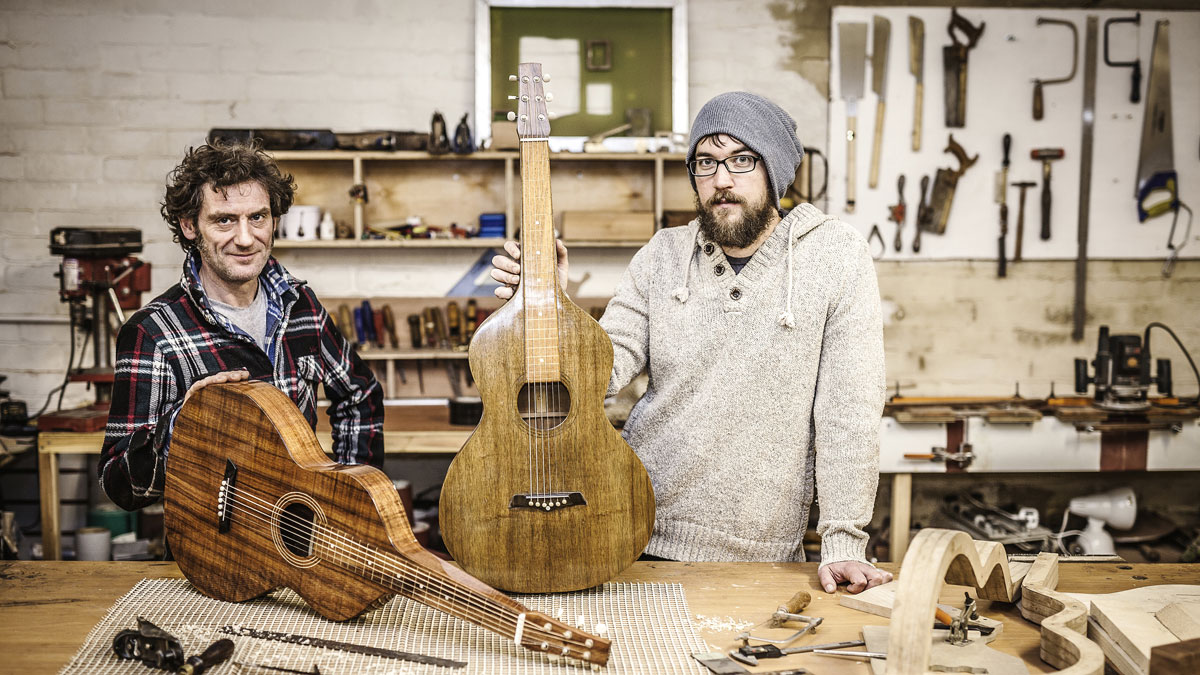
Introduction
Down in the wilds of Dorset, two luthiers have embarked on a journey into the past, deciphering the design secrets of the famous Weissenborn lap-steel guitars to bring their golden tone to the modern era. To kick off a new series on guitar-makers and tone-techs, we join them in the workshop to lap it up…
The backstory of most established guitar makers is that they emerged from a formative era where they hand-built instruments in small workshops before ending up making guitars en masse all over the world (especially in the Far East). But, clearly, no one’s told Edward Greenfield and Thomas Buchanan of Anderwood guitars this is how it works.
Their company, Anderwood Guitars, started off making quality instruments for lap-steel players in the Far East. But now, five years and a lot of obsessive detective work later, they’re poised to unveil a new range of historically accurate reproductions of the hourglass-shaped guitars of 1920s maker Weissenborn, all hand-built by the duo in their Dorset workshop.
The Weissenborns have a really haunting sound that’s unique - Edward Greenfield
Fewer than 5,000 of Hermann Weissenborn’s original instruments are thought to have been made. So what was it about them that caught Edward and Tom’s imagination?
“The sound,” replies Edward, instantly. “Just the shimmer and the sweeter mids that I don’t think you get on resonators like Nationals. You don’t get the twangy Southern sound of resonators, and the Weissenborns have a really haunting sound that’s unique.”
“When we first got underway importing the original [offshore-built] Anderwoods, they were essentially generic Weissenbornstyle guitars, at first built with laminates then moving up to all-solid tonewoods and so on. But then I happened across an original Weissenborn and decided the best we could get would be to work from the pattern of an original guitar like that in every single detail, but do it here in the UK.”
It was no easy feat to reverse-craft an instrument whose every dimension had to be painstakingly researched from scratch. Their task was complicated by the knowledge that the timbers of the original Weissenborn Style 1 in their keeping had settled and subtly deformed since it was built in the late-1920s.
Tom Buchanan’s background in traditional mandolin-building helped them figure out what aspects of the design needed to be tweaked to get the Dorsetmade guitars as close as possible to the character of a fresh-built Weissenborn, as it might have been completed 90 years ago.
“I set about building one a couple of years ago with another luthier I used to work with in Christchurch - and I got to grips with a lot of the aspects of it,” Edward says.
Tom Buchanan’s background in traditional mandolin-building helped them figure out what aspects of the design needed to be tweaked
“But then I wanted to push forward, which is how I started working with Tom. When I first approached him, having built one and discovering a lot of the struggles involved, we talked about how a lot of the tops [of original Weissenborns] have changed shape throughout the years. And so we needed to establish what the original arch on the top was, among other things.
“As we’ve gone on with the project, we discovered so many things that we missed in the very early stages but became revelations later on, when we went ‘Ah, that’s how that works…’ So it has involved unlocking a lot of secrets through building various stages of prototypes. But that’s the joy of using hide glues - you just heat it back up and it pops off and you can reset stuff. Because the way that Hermann Weissenborn put them together originally involved a lot of genius techniques that we had to work out.”
The proud result of the duo’s labours, Anderwood’s Authentic Series instruments, will launch on 1 November and will start at around £1,650 for a plain koa model with no binding and will likely range to over £2,500 for highly figured koa guitars with full rope binding - although prices are still to be confirmed.
If that’s a bit salty for players who are just starting out on slide, the duo still offer affordable offshore-built guitars that are set up in Dorset, from £180 for a laminate guitar with no pickup. These are a good way to get into lap steel before moving on to a more serious vintage-style, solid-wood guitar, Edward argues.
“We’ve been going for five years now and we find that a lot of our customers have come on the journey with us,” he says. And with that we move through to the workshop (see following page) to have a gander at the tools and techniques he and Tom rely on to turn out their modern vision of Weissenborn tone.
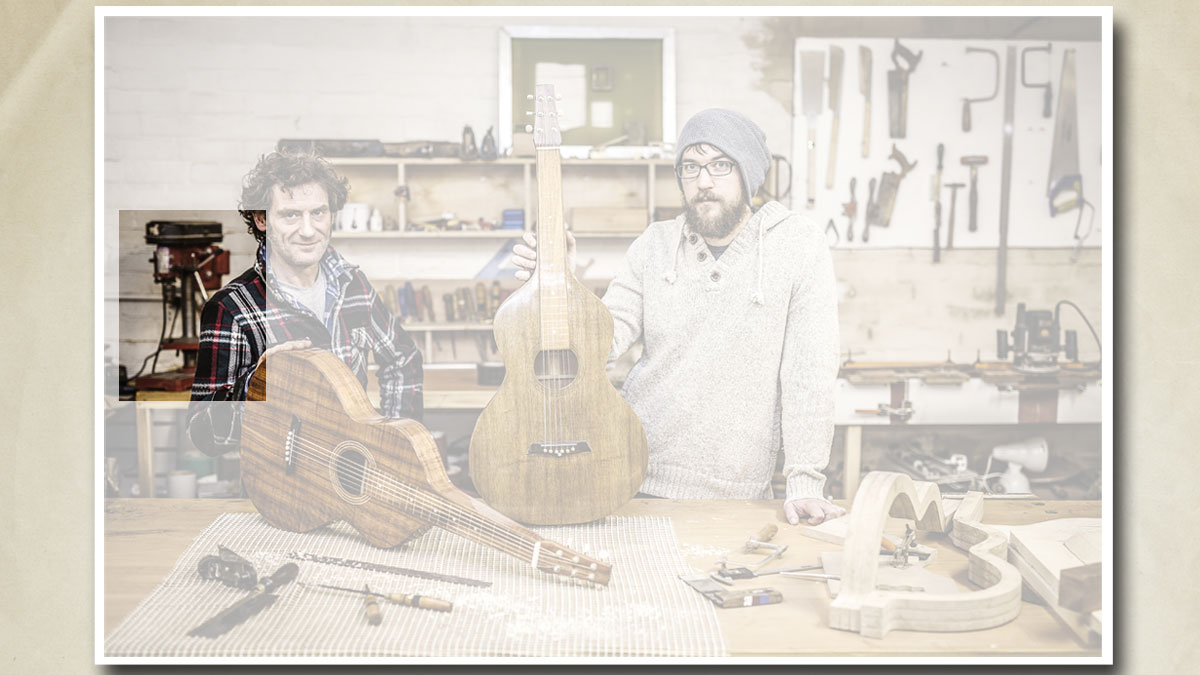
Pillar Drill
“This is one of the shop’s many pillar drills. Unlike hand-held drills, the pillar drill is bolted to the bench, making it far more accurate, and is used for all precision work, like fret inlays, machinehead fixings, etc.
“We also use a larger pillar drill for cutting the rosettes, where you are cutting grooves of less than 1mm into very figured and expensive hardwoods and where exactness is crucial.”
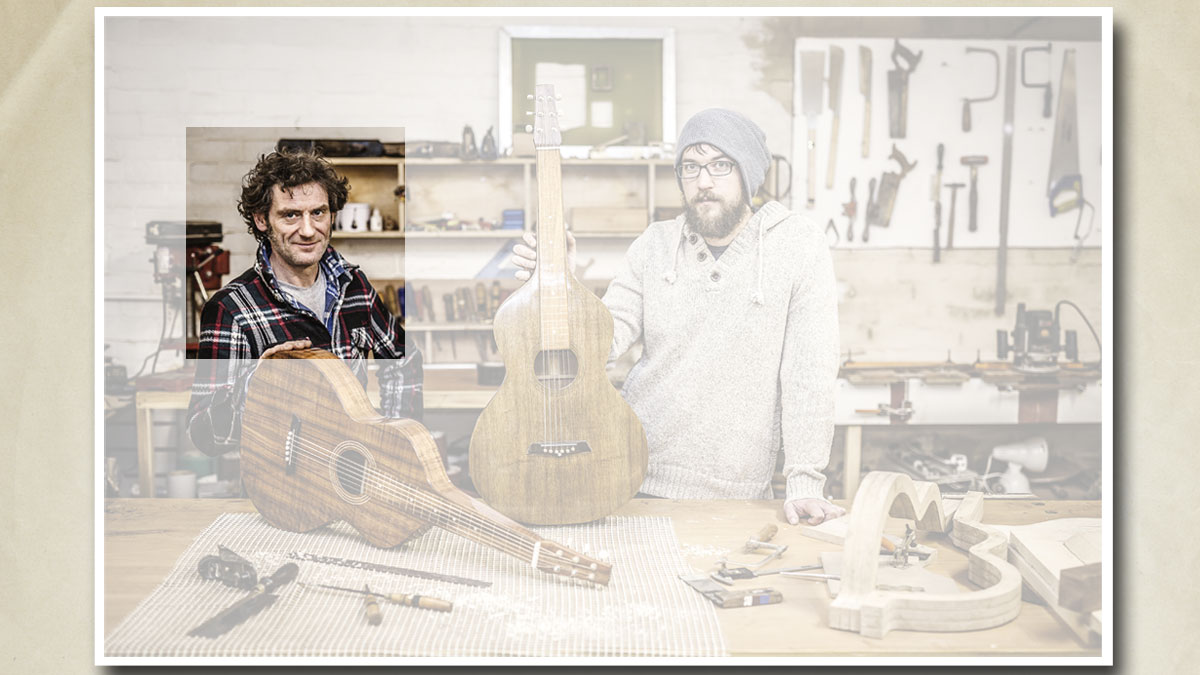
Thomas Buchanan
Tom has been building stringed and fretted instruments for more than 25 years.
He has made a name for himself in the folk scene with his worldclass mandolins, mandolas, bouzoukis and, more recently, Weissenborns. He is renowned for high standards and finishing, together with an innate understanding of timber and its relationship to tone.
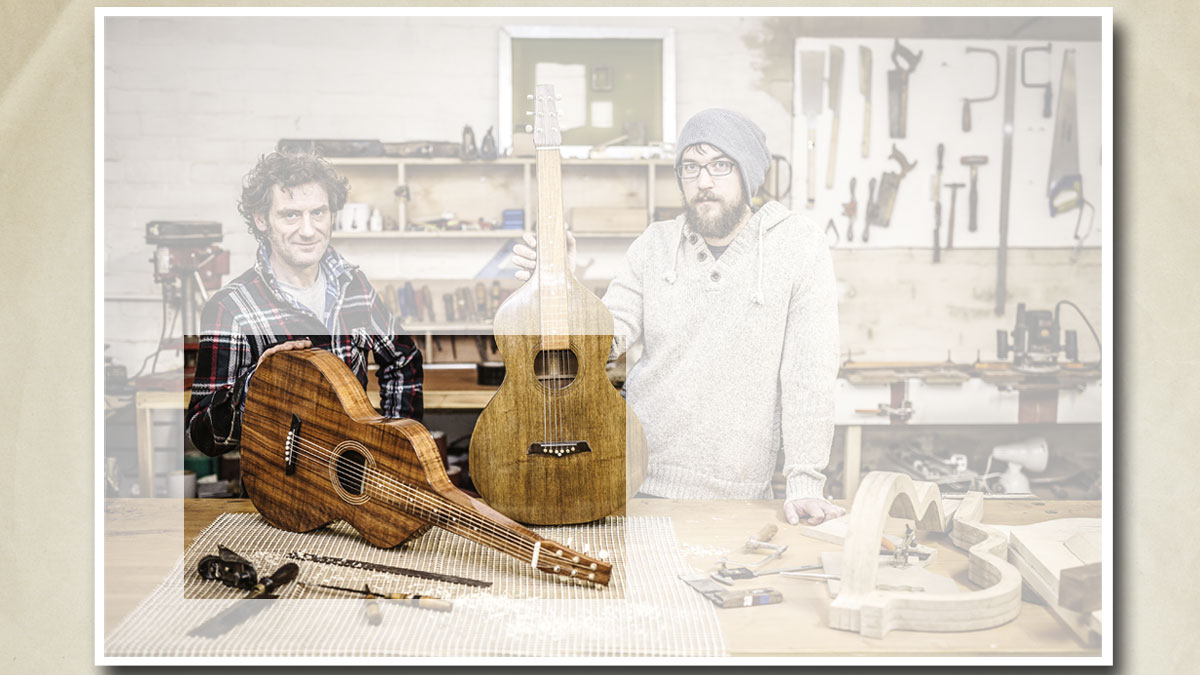
Anderwood Authentic Series Circa 1927
“This model from the range is an exact copy of a circa 1927 Style 1 Weissenborn patterned from the instrument shown on the right.
“Built in the old style using hide glue, the finest air-dried koa wood and finished in nitrocellulose, every detail has been measured, cross-matched and then recreated.”
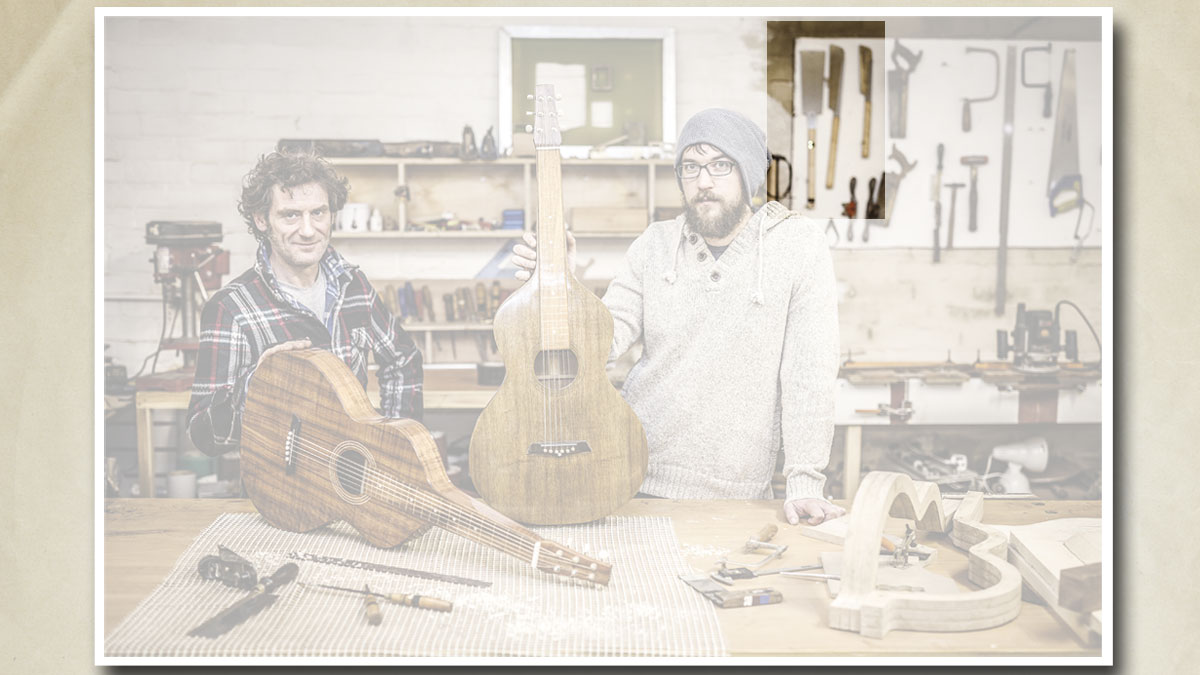
Japanese Fret Saw
“This is a super-accurate and sharp saw that cuts on the pull stroke (instead of the standard push).
“The traditional design reduces jamming and blade flex when we’re cutting the slots for the holly fret inlays. Unlike standard guitars, Weissenborns don’t have frets as such, but because of the unforgiving koa-wood fretboard, a clean and precise cut is still important.”
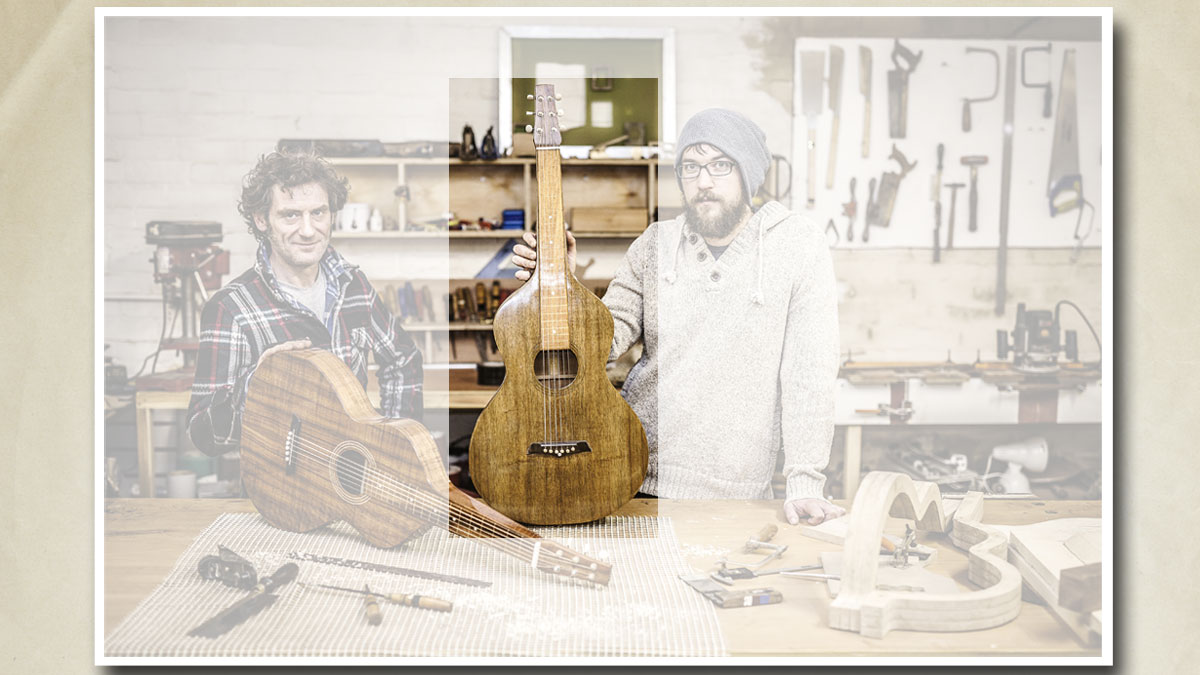
Original Style 1 Weissenborn
“This is a pristine example of a Weissenborn Style 1 Circa 1927. The Weissenborns built between 1927 and 1930 have always been held in very high esteem by players and luthiers.
“We have taken patterns from a number of original instruments, but this is the supreme model we’ve used for all of our Style 1s from this period.”
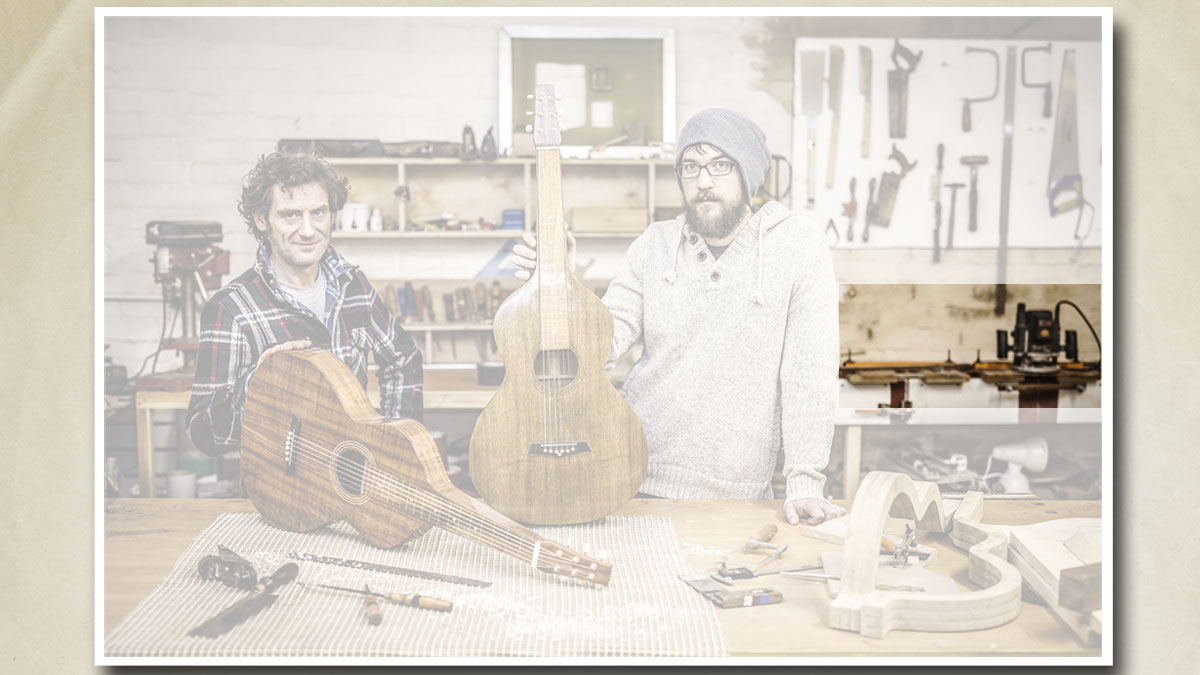
Jig For The Kerf Cut
“The jig you see here is for measuring and cutting each kerf cut in the linings for the instruments. On the original 1927 instrument each kerf cut in the lining is exactly 11mm apart from the next.
“Each saw-cut is an exact thickness and the depth of each cut has also been recorded and replicated. Though a tedious job, this jig helps speed up the process of cutting our own period-correct kerfed linings.”
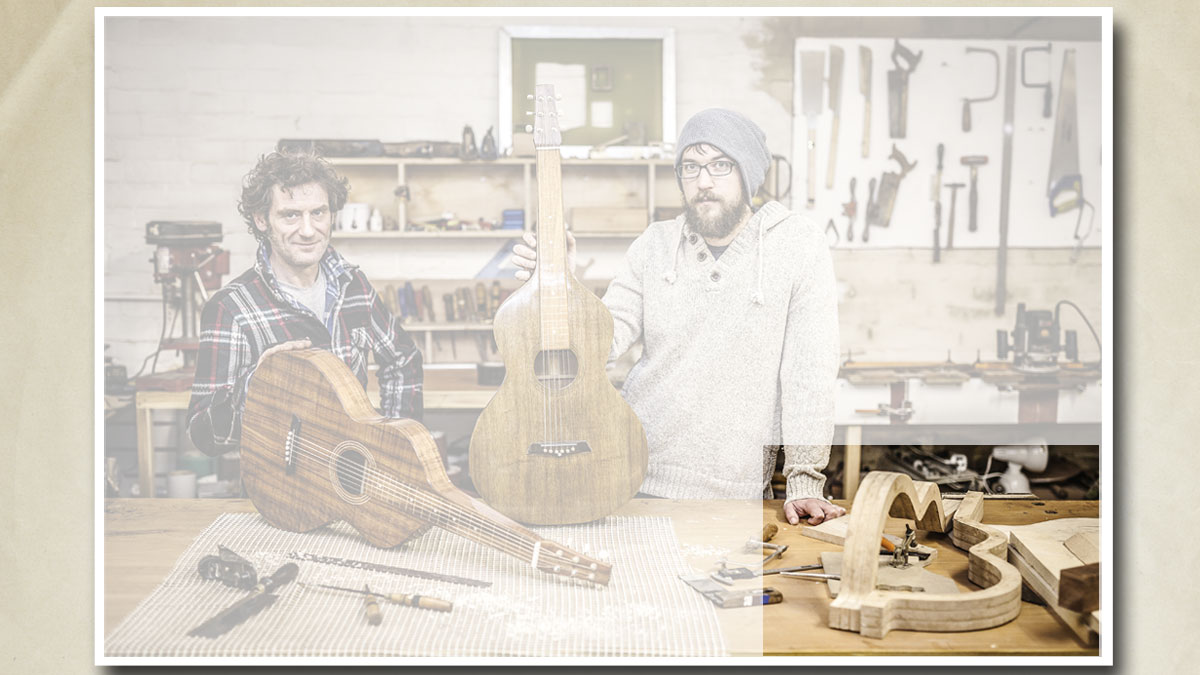
Mould For Sides
“This mould has been taken from the pristine original Style 1 in the picture. The sides of each of our Style 1 models will be formed with the aid of this template.
“Throughout the build, many templates taken from the original are used… the shape and profi le of the original Weissenborns are so important, so iconic and beautiful to look at, a real work of art!”
Jamie Dickson is Editor-in-Chief of Guitarist magazine, Britain's best-selling and longest-running monthly for guitar players. He started his career at the Daily Telegraph in London, where his first assignment was interviewing blue-eyed soul legend Robert Palmer, going on to become a full-time author on music, writing for benchmark references such as 1001 Albums You Must Hear Before You Die and Dorling Kindersley's How To Play Guitar Step By Step. He joined Guitarist in 2011 and since then it has been his privilege to interview everyone from B.B. King to St. Vincent for Guitarist's readers, while sharing insights into scores of historic guitars, from Rory Gallagher's '61 Strat to the first Martin D-28 ever made.
